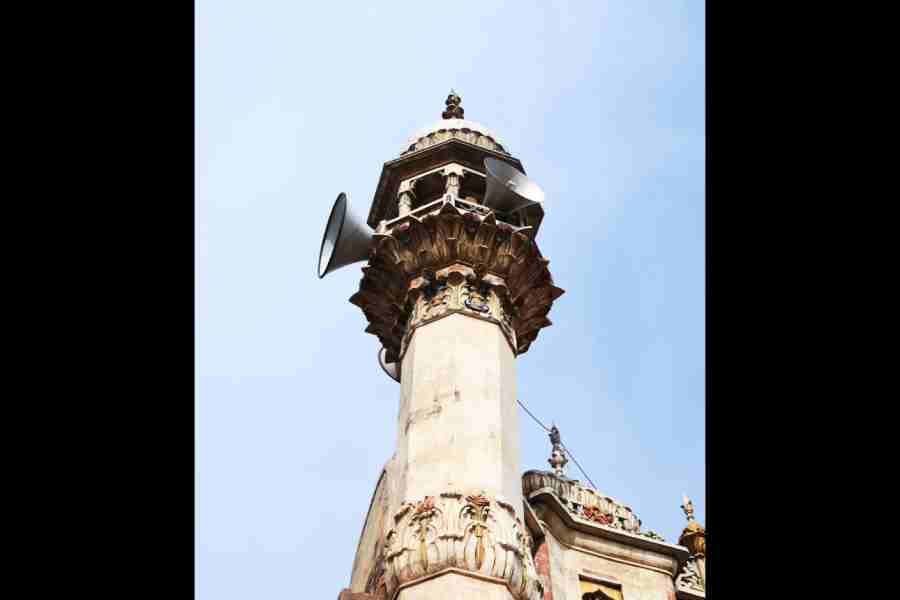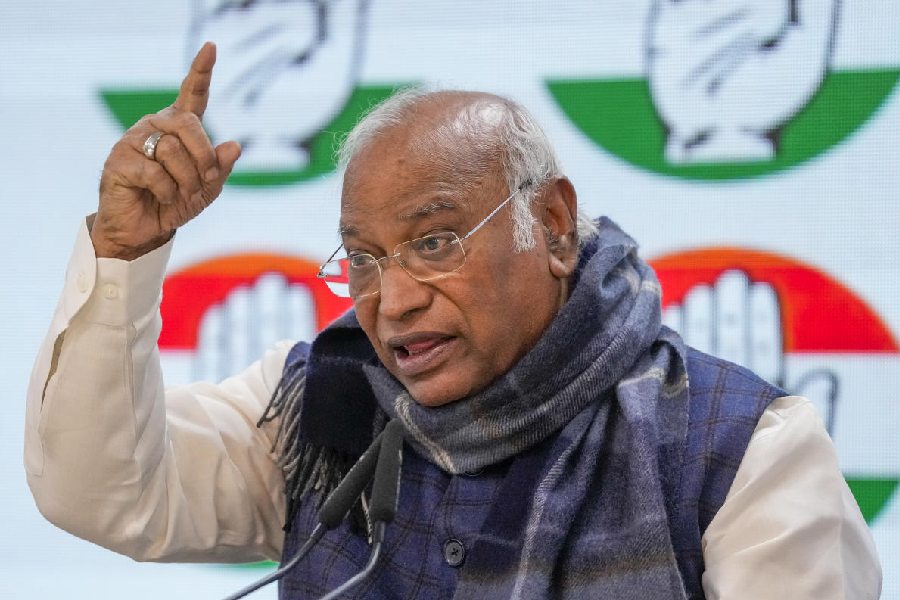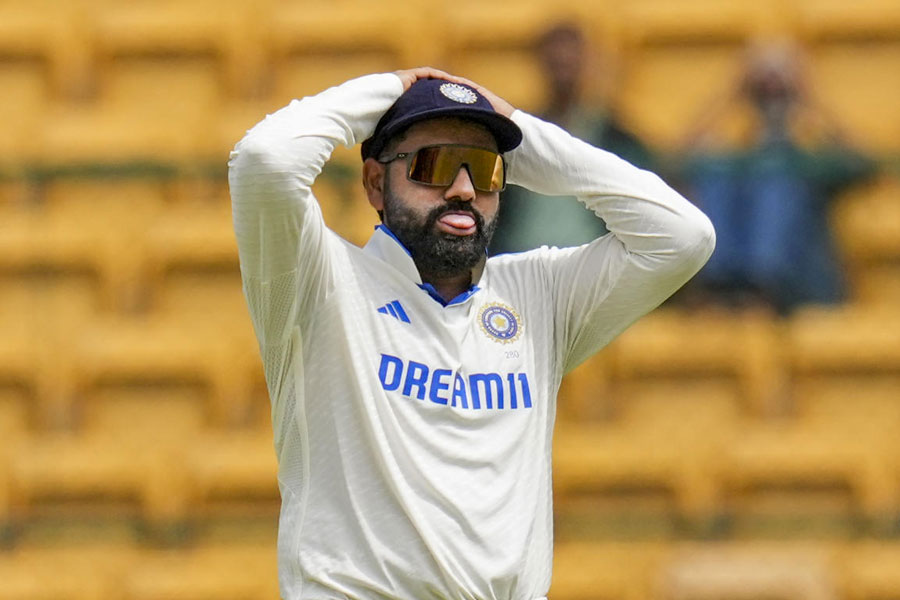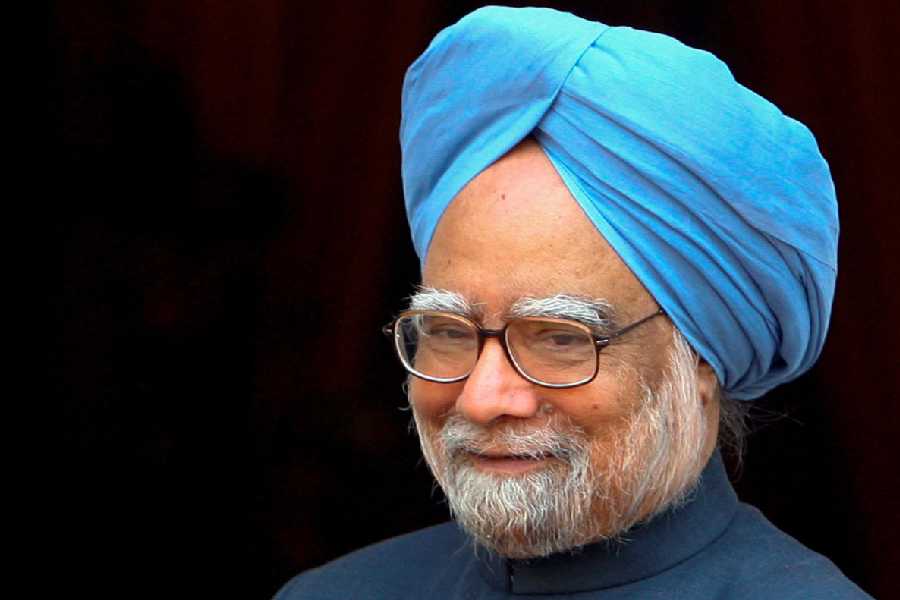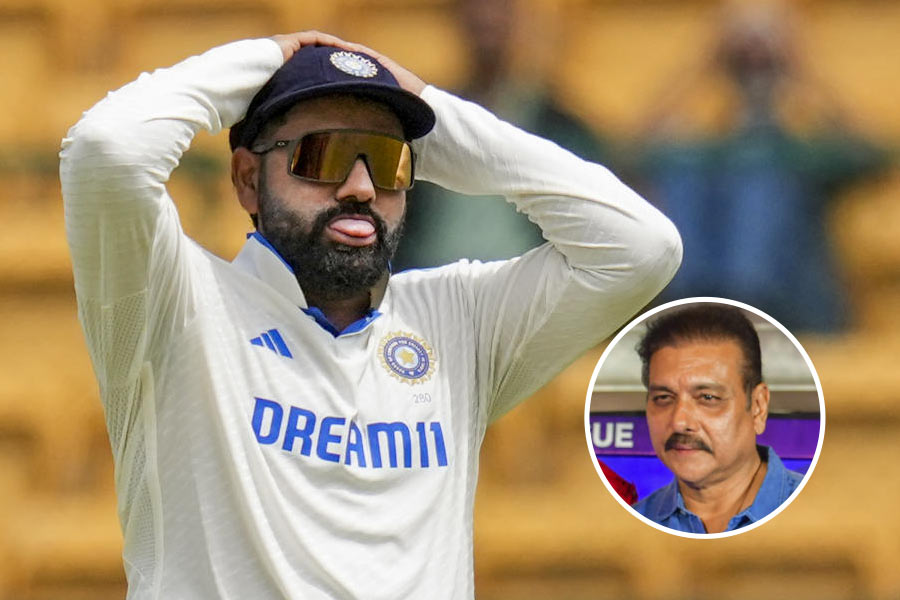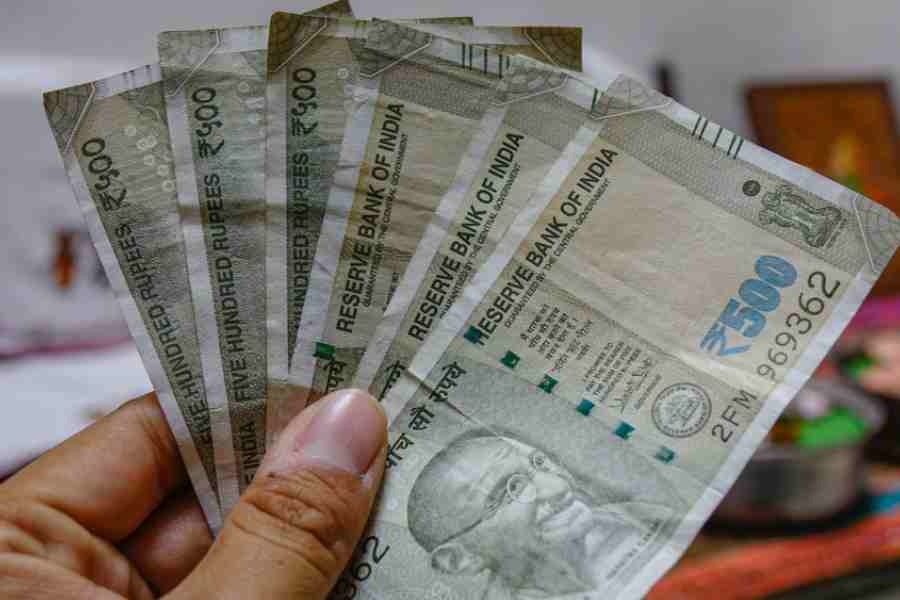The (hit)list is long. It mentions 14 mosques in various parts of India — not just the ones in Kashi, Mathura and Sambhal but also those in Delhi, Vidisha, Lucknow, Fatehpur Sikri, Baghpat and Bhopal, among other places. These shrines are being claimed by Hindu(tva’s) petitioners who allege that many of these structures had been forcibly built by Muslim rulers after dismantling Hindu temples in the distant past. Even the constitutionality of the Places of Worship (Special Provisions) Act, 1991, has now been brought under legal scrutiny. On December 12, the Supreme Court put up a protective screen — for now — around these threatened edifices by ordering a stay on lower court-endorsed surveys that are meant to ascertain the ‘identity/lineage’ of the places of worship of Muslims.
At a time when the republic’s secular terrain is being dug up, literally and metaphorically, in search of glimpses of — real or imagined — Hindu shrines, it is perhaps pertinent to listen to the thoughts of a Hindu, middle-aged, middle-class man on his neighbourhood mosque. The respondent’s name is not being revealed to protect his privacy — deemed a fundamental right by the highest court of the land. It is not even necessary. What is revealing though are his contemplations that are being presented as a first-person account in the following passages.
Over to him…
*******
I am quite familiar with the soundscape of my locality. This is because I have lived here, a corner of Calcutta on the southeast fringes of the city, for close to two decades now. The early mornings mostly chime with a rich diversity of sounds — the melody of bird calls at dawn, the low rumble of vans carrying milk on the road, followed by the familiar orchestra of domesticity: the hiss of a gas stove, water being boiled for tea, the sonority of the bangles on a hand lightly touching utensils, the spray of tap water on vegetables, the cracking splash of oil in a cooking pan, a song being sung — tunelessly — during ablutions… Gradually, as the sun turns and the light harshens, this gentler symphony gets drowned, and is then swallowed up, by the cacophony of the everyday.
A few months ago, a new, shriller — dissonant — noise was added to the neighbourhood’s morning raga. I use the term, noise, deliberately because the notes — those of the muezzin’s azaan — felt discordant, akin to an aural invasion. It turned out that a small mosque had been inaugurated in our neighbourhood, a Hindu-dominated locality, with, possibly, only a sprinkle of Muslim families, and, soon enough, residents, myself included, began to be awakened or, at other times of the day, jolted by a microphone carrying the azaan’s tune (and, on occasion, the sound of the muezzin’s breath and his rasping cough).
Weeks passed. Yet, the azaan, despite its unfailing daily, punctual repetitiveness, seemed not to have settled well with the acoustic rhythm of our lives; it still felt like an incursion. This came as a surprise to me because I have had the experience of listening to the azaan in other places, at other times, without being embittered by it. I especially remember a dusk descending on Old Delhi, its alleys and corners being lit up with tiny flecks of light amidst the gathering mist, while an enchanting medley of bells from small temples and the azaan from the Jama Masjid met and merged in the wintry air. This moment of confluence of faiths and symphonies had made me think that I still felt at home in a city far away from mine. Why is it then, I wondered, that now, years later, in a different kind of India, exposure to a solitary element of the mosaic that supposedly creates the secular — an azaan shorn of the accompaniment of the melodic temple bell — was making me feel distinctly irritable, even out of place? Could it be that my secular skin, one that I believed is organic to my pluralist core, has turned susceptible — even energetically responsive — to a primal sectarian impulse?
I am aware that the targeting of the Muslim call to prayer — our ears are more receptive to our music, the boisterous din of mantras, drums, ululation of a puja — is not uncommon in a pluralist India. The matter has often reached the courts and the judicial responses, I found out after a brief research, have been varying and revealing. In 2020, the Allahabad High Court deemed that the azaan was permissible sans amplificatory devices. The same year, the Uttarakhand High Court, correcting an earlier order, lifted the ban on the use of loudspeakers in religious institutions. The Supreme Court has, of course, set guidelines on permissible sound limits when it comes to the dissemination of the azaan.
This confrontation, unease, within the crevices of our minds concerning the rituals, beliefs, ways of living of Others can possibly be attributed to a peculiar kind of poverty that has intensified in recent times: the deprivation in the nurturing of interfaith community ties, in the sharing of our collective histories, social and religious occasions, everyday ignominies and joys, even a meal. My comprehension of the azaan as noise, not as a fervent prayer, reflected the dangerous uniformity, as opposed to diversity, of my social circle. I have not had the opportunity to have Muslims as friends; they have always hovered on the margins of my social life, as acquaintances, at school or at play, and, later, at work. This social cocooning, calcified by a zeitgeist marked by bigotry and sectarianism, may have made me associate the azaan, but not so much a hymn at a church or a gurdwara, with an unequal music.
My ignorance — impoverishment — makes me marvel at the success, albeit patchy, of secularism as a constitutional enshrinement, as an ideal, in the years that modern India has existed as a polity. But the sense of security I derive from my religious identity, my passive acceptance of, nonchalance towards, the assaults, big and small, on India’s secular ethic — how many times, I wonder, have I stood up to bigotry, such as a causal, communal remark from kin? — make me fear for the future of a pluralist republic.
*******
The respondent’s views on mosques and religious rituals of minorities may not be shared by every Indian. Many citizens are discomfited by or are indifferent to the azaan. Many more, one would like to believe, are welcoming of it. But what makes the respondent’s reflections important is that they offer glimpses of how a republic’s gradual transitioning, from an accommodating polity to a majoritarian one, leads to a corresponding, unconscious germination of the hint of a bias, a moral crisis, in the inner world of ordinary, unsuspecting, ostensibly unprejudiced citizens.
Such is the contagious nature, the seductive pull, of majoritarianism.
uddalak.mukherjee@abp.in

